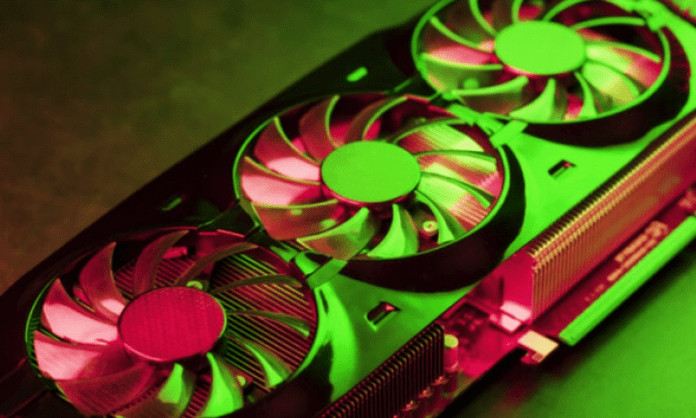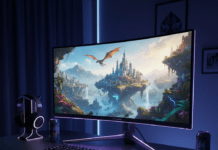If you're in the market for a new graphics card for your PC , you've probably heard of NVIDIA's RTX and GTX series . But what is the difference between these two product lines? What are the advantages and disadvantages of each? And how do you choose the one that best suits your needs and your budget ? In this article, we'll tell you everything you need to know about RTX and GTX graphics cards , and help you make the right choice.
What is an RTX graphics card?

cards are the latest and greatest models from NVIDIA . They were launched in 2018 with the 20 series, then in 2020 with the 30 series. The name RTX refers to ray tracing technology , which allows you to create realistic lighting effects by simulating the behavior of light rays in an environment. 3D. Ray tracing is used in animated films and video games to make scenes more immersive and detailed.
RTX graphics cards have ray tracing cores , which are computing units dedicated to this technology. They also have Tensor cores, which are computing units specialized in artificial intelligence. These Tensor cores make it possible to use DLSS (Deep Learning Super Sampling) technology , which is an image resolution optimization system based on deep learning. DLSS allows you to increase the visual quality and number of frames per second (FPS) of compatible games, by reducing the workload on the GPU.
RTX graphics cards are therefore designed to provide an optimal gaming experience, with stunning graphics and maximum fluidity. They are also suitable for professional applications that require high computing power, such as video editing, 3D modeling or rendering.
What is a GTX graphics card?
GTX graphics cards are NVIDIA's older, more affordable models . They were launched in 2005 with the 7000 series, then in 2014 with the 900 series, in 2016 with the 10 series and in 2019 with the 16 series. The name GTX refers to the Giga Texel Shader eXtreme technology, which is a system for optimizing texture rendering in video games.
cards do not have ray tracing cores or Tensor cores . They are therefore not compatible with ray tracing or DLSS. They are based solely on CUDA cores , which are generic computing units used for graphics processing and parallel computing.
GTX graphics cards are therefore designed to offer a satisfactory gaming experience, with correct graphics and acceptable fluidity. They are also suitable for common applications that do not require a lot of computing power, such as web browsing , streaming or office automation .
What is the difference between RTX and GTX?

The main difference between RTX and GTX lies in the level of performance and features offered by each range.
cards are more powerful and more innovative than GTX graphics cards . They allow you to take full advantage of the latest technological advances in graphics, such as ray tracing or DLSS. They are also more expensive and more power hungry than GTX graphics cards.
GTX graphics cards, on the other hand, are more accessible and more economical than RTX graphics cards . They allow most current games to be played in correct conditions, but without benefiting from the most impressive visual effects They are also more limited for professional applications which require large computing power.
Here is a comparison table of the main characteristics of the NVIDIA RTX and GTX series :
| Characteristic | RTX 30 series | RTX 20 series | GTX 16 series | GTX 10 series | GTX 900 series |
|---|---|---|---|---|---|
| Architecture | Ampere | Turing | Turing | Pascal | Maxwell |
| Cuda hearts | 2x FP32 | 1x FP32 | 1x FP32 | 1x FP32 | 1x FP32 |
| Ray tracing cores | 2nd generation | 1st generation | – | – | – |
| Tensor Cores | 3rd generation | 2nd generation | – | – | – |
| DLSS | DLSS 2 (Super Resolution) | DLSS 2 (Super Resolution) | – | – | – |
| PCIe | 4th generation | 3rd generation | 3rd generation | 3rd generation | 3rd generation |
| NVIDIA encoder (NVENC) | 7th generation | 7th generation | 6th generation | 6th generation | 5th generation |
| NVIDIA decoder (NVDEC) | 5th generation | 4th generation | 4th generation | 3rd generation | 2nd generation |
| AV1 encoding | Yes | – | – | – | – |
| AV1 decoding | Yes | – | – | – | – |
| CUDA capability | 8.6 | 7.5 | 7.5 | 6.1 | 5.2 |
| DX12 Ultimate | Yes | Yes | – | – | – |
| Video outputs | DisplayPort (2) HDMI (1) | DisplayPort (2) HDMI (1) | DisplayPort (2) HDMI (1) | DisplayPort (2) HDMI (1) | DisplayPort (2) HDMI (1) |
How to choose between RTX and GTX?
Choosing between RTX and GTX depends on several factors, like your budget, configuration, needs, and preferences. Here are some questions to ask yourself to help you make the right choice:
What is your budget ?
RTX graphics cards are more expensive than GTX graphics cards. It costs around €1500 for an RTX 3090, €700 for an RTX 3070, €400 for a GTX 1660 Ti, €250 for a GTX 1650 Super and €150 for a GTX 1050 Ti. Of course, these prices may vary depending on availability, demand and supply of different models.
What is your setup?
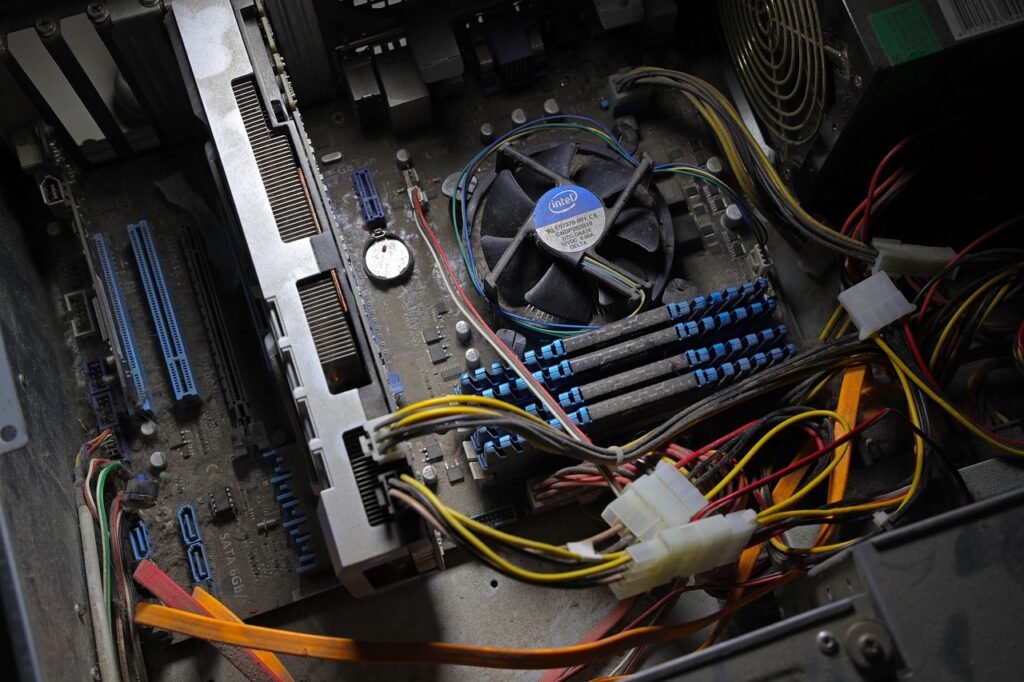
RTX graphics cards are more power hungry than GTX graphics cards. You must therefore check that your power supply is sufficient to support them, and that your case is spacious enough to accommodate them. For example, an RTX 3090 consumes around 350W and is around 31cm long, while a GTX 1050 Ti consumes around 75W and is around 14cm long.
What are your needs ?
RTX graphics cards are more suitable for demanding users who want to take advantage of the latest graphics technologies , such as ray tracing or DLSS . They are also more efficient for professional applications that require a lot of computing power, such as video editing, 3D modeling or rendering .
cards are more suitable for casual users , who want to play less demanding or older games, or who are satisfied with less realistic graphics. They are also more efficient for common applications that do not require a lot of computing power .
What are your preferences ?
RTX graphics cards are more appealing to fans of stunning graphics and maximum fluidity . They allow you to play in high resolution (4K or more), with a high number of frames per second and with realistic lighting effects. They also make it possible to optimize the visual quality and number of frames per second of games compatible with DLSS, using artificial intelligence.
GTX graphics cards are more attractive to fans of decent graphics and acceptable fluidity. They allow you to play in medium resolution ( 1080p or 1440p ), with an average number of frames per second, and without realistic lighting effects . They also save energy and money, being cheaper and less demanding than RTX graphics cards .
What RTX and GTX graphics card models are available?
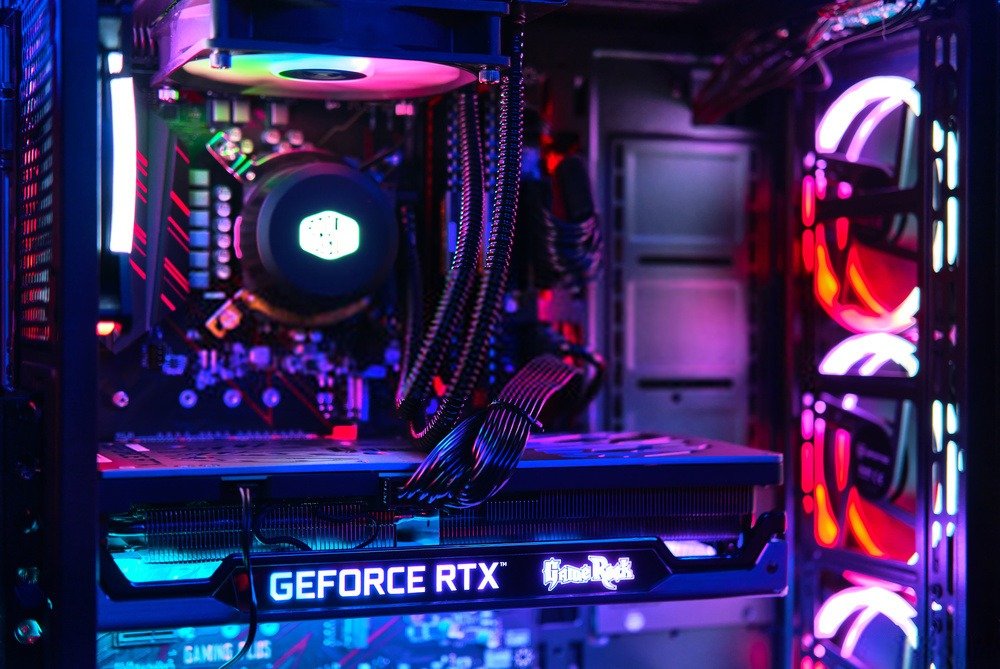
RTX and GTX graphics cards are available in several models, which correspond to different performance and price ranges. Here is a comparison table of the main models of RTX and GTX graphics cards :
| Model | Performance | Price |
|---|---|---|
| RTX 3090 | Very high | Around €1500 |
| RTX 3080 | High | Around €700 |
| RTX 3070 | Medium-high | Around €500 |
| RTX 3060 Ti | Average | Around €400 |
| RTX 3060 | Medium-low | Around €300 |
| GTX 1660 Ti | Medium-low | Around €250 |
| GTX 1660 Super | Low-medium | Around €200 |
| GTX 1650 Super | Low | Around €150 |
| GTX 1050 Ti | Very low | Around €100 |
What is the difference between RTX and GTX for VR?
VR ( virtual reality ) is a technology that immerses the user in an immersive 3D environment, using a VR headset . VR requires a lot of graphics power, because it requires displaying two high-resolution images ( one for each eye ) at a high number of frames per second ( 90 Hz or more ) to avoid motion sickness.
The difference between RTX and GTX for VR lies in the level of performance and features offered by each range . RTX graphics cards outperform GTX graphics cards for VR because they feature ray tracing cores, Tensor cores, and DLSS, which improve the visual quality and smoothness of compatible VR games. RTX graphics cards are also more suitable for the latest generation VR headsets, which display higher resolutions ( 4K or higher ).
What is the difference between RTX and GTX for streaming?
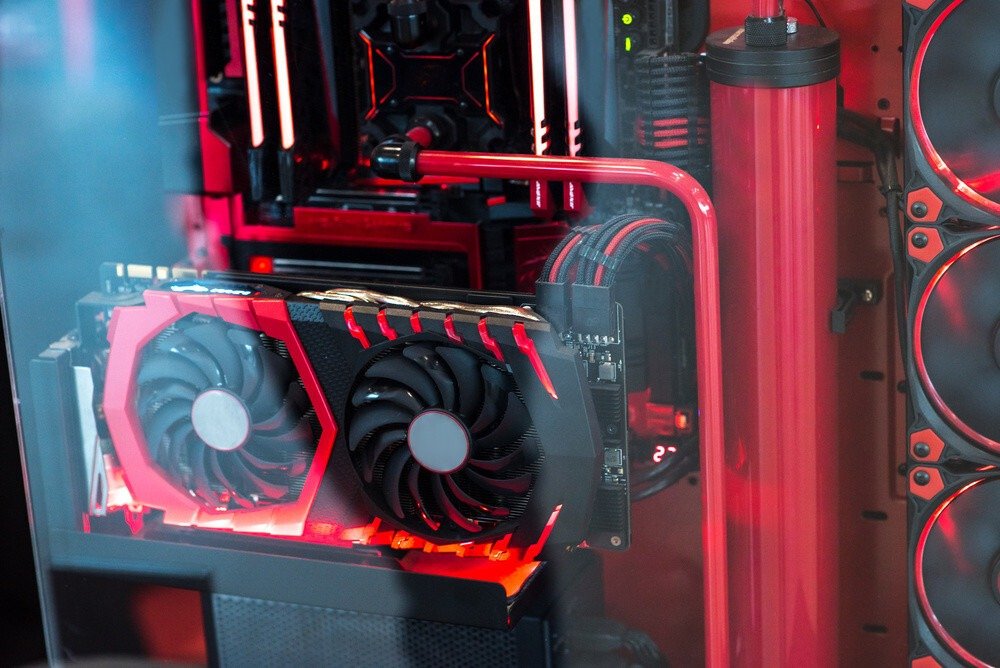
Streaming is an activity which consists of broadcasting your video game game live on the internet , using software such as OBS or XSplit. Streaming requires a good internet connection, but also good graphics power , because you have to encode and transmit the video in real time.
The difference between RTX and GTX for streaming lies in the level of performance and features offered by each range. cards perform better than GTX graphics cards for streaming because they feature a 7th generation NVIDIA (NVENC) encoder , which allows video to be encoded with higher quality and minimal impact on game performance. gaming. RTX graphics cards also feature NVIDIA Broadcast , which is software that uses artificial intelligence to improve the sound and picture quality of the streamer, removing background noise, blurring the background plan or following facial movements.
GTX graphics cards perform worse than RTX graphics cards for streaming because they have a 6th generation NVIDIA (NVENC) encoder or lower, which provides lower quality and a greater impact on game performance. GTX graphics cards also lack NVIDIA Broadcast, which is software exclusive to RTX graphics cards. However, they are sufficient for casual or low-resolution streaming (720p or 1080p).
Conclusion
In conclusion, there is no universal answer to the question: RTX or GTX? It all depends on your budget , your configuration , your needs and your preferences . If you want to benefit from the latest technological innovations in graphics, and if you can afford a powerful and energy-consuming graphics card, then opt for an RTX graphics card . If you want to play less demanding or older games, and if you have a more limited budget or a more modest configuration, then go for a GTX graphics card. In any case, you will find the graphics card that suits you at NVIDIA!
If you are a gamer looking for stunning graphics or a professional for video editing in 4k UHD , we suggest you take a look at our comparison of the best graphics cards for gaming in 4K !

